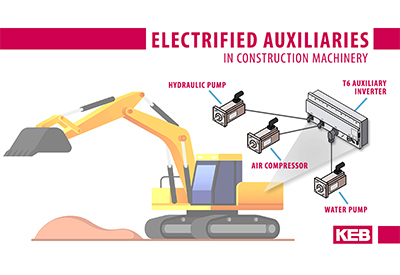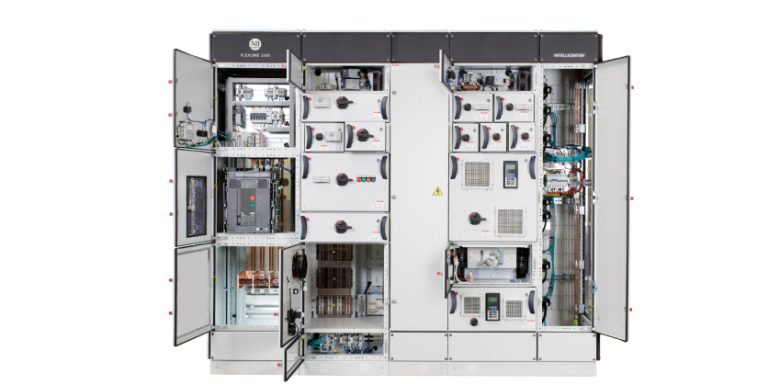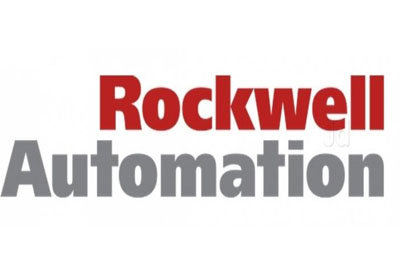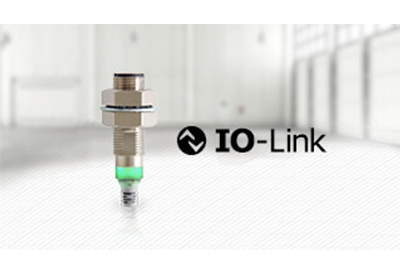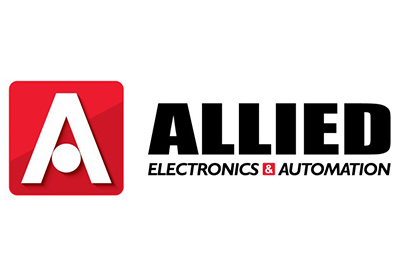How Ecommerce is Impacting Packaging Equipment Design

September 3, 2019
By Justin Garski
How do you automate the packaging process in a made-to-order world? Consumer demand for different sizes, shapes and flavors has completely changed the way CPG brand owners and manufacturers produce and package their goods. And for OEMs, this trend means that your packaging equipment needs to perform differently than ever before.
The reality is, most packaging lines aren’t equipped for rapidly changing demand. Conventional conveyance just can’t keep up. Producers are finding themselves in a highly manual conundrum of delivering in this high-mix environment without the proper automated packaging solutions to make it cost-effective.
The Amazon Effect
The Amazon Effect has an unquestionable impact on how retailers go to market. But, the underlying movement of changing consumer demands and expectations goes far beyond brick or click shopping habits. Manufacturers are equally pressured to produce and package high-mix, low-volume products as demand for specialization and variety packs is doing nothing but increasing, and fast.
Imagine there are a dozen products running through the same packaging line. A product may run for a few days, then the hours-long changeover process takes place, causing all work-in-progress to stop before the next product has its turn. This practice can mean building up a month’s worth of inventory for each product because it could be that long before it gets time back on the line again.
This scenario isn’t uncommon. Living with lengthy changeovers is something producers do, because given budget constraints and legacy systems, they just have to.
Through an army of delta robots, a variable pitch infeed and a couple of smart valves, most machines in operation today can expand pack sizes, from 6 to 12 to 24. It takes a while for the changeover, hurting productivity, but it is possible.
With the Amazon Effect however, you may need a variety of flavors in each of those six, 12 or 24 packs. From here, things get really manual, really fast. Top CPG companies and local producers alike are finding themselves literally unpacking single-product packs and manually repacking into rainbow packs. Picture the packaging waste. The money lost. The already critical challenge of finding workers, compounded by needing even more manual labor.
As OEMs, you have an opportunity to solve these challenges for your customers using efficient, agile and intelligent automated packaging solutions.
Getting Ahead of the Specs
Proven systems like independent cart technology (ICT) are a smart alternative to the throughput and physical limitations of existing mechanics. But you have to get ahead of the specs.
The typical process goes something like this: Purchasing or engineering is charged with buying a machine for X. They send out an RFQ for exactly that and OEMs quote the machine without too much deviation, or risk losing the sale.
Now, fast forward to after the job is won, machine is built and the executive team shows up for the factory acceptance test. The machine they see isn’t built for a more flexible future. It doesn’t offer one-button changeovers, different pack patterns or solve their greatest business challenges. With this audience, the added upfront costs for the right packaging equipment becomes secondary as they see an inevitable future of costly modifications and retrofits down the road.
Operations leadership needs to know how advances like ICT solve their business, not just production, challenges. That ICT is so much more than a typical linear transport system with a fancy infeed or way to vary pitch.
And, this process all starts before there’s a project on the table. Before the RFQ goes out. Before there’s a directive to buy for X, when everything from A through Z is still possible.
4000 Configurations with the Push of a Button
OEM of custom automation equipment, Aagard, recently saw this scenario play out with a customer.
Aagard learned of their customer’s business challenge, to automate packaging of variety packs in various configurations. Four-thousand configurations to be exact. These ranged from one to six flavors and 12 to 96 products per case. And, with stand-up display trays, divider sheets, tight floor space, fast changeover and high-end line rates (100 cases per minute), it became clear that traditional packaging technology would not offer the agile solution the customer really needed.
Competitive proposals involved dozens of delta robots over a conveyor, adding up to thousands of components including rotary motors, gearboxes, grippers and other complexities. With the agility and ease of operation needed, an automated packaging solution built around iTRAK® technology became a simple answer.
This project didn’t start with an RFQ, or a call from purchasing. Aagard, Rockwell Automation and the end user sat in the same room and envisioned a machine that could do something never done before.
The key to success in this situation was to focus in on the business need and evaluate available technology,” said Jason Norlien, vice president of technical sales at Aagard. “We created a solution built for future market demand and business growth.”
Rockwell Automation-controlled gantry robots will pick the product for staging, building the pattern needed for each carton. From there, iTRAK components adjust to accommodate the height, width and overall configuration of the pack and select the right-sized cardboard blank to fit the product. This is all done without tooling changes. Only the single push of a button on the HMI.
That same instruction from the HMI could also come from a supervisory or ecommerce system. So as the Amazon Effect takes a deeper hold in CPG, custom orders can be easily accommodated without manual intervention.
A Smarter Way
Whatever the solution, I think we can all agree we need to stop unpacking just to repack. To stop modifying and retrofitting for each change in consumer behavior. There is a smarter way, and it starts with thinking ahead, educating up front, and being a business enabler. Not just a packaging equipment manufacturer.
The world is changing. Are you ready? Learn more about how a modular, scalable linear motor system can help your business, and your customers, prepare for tomorrow.


